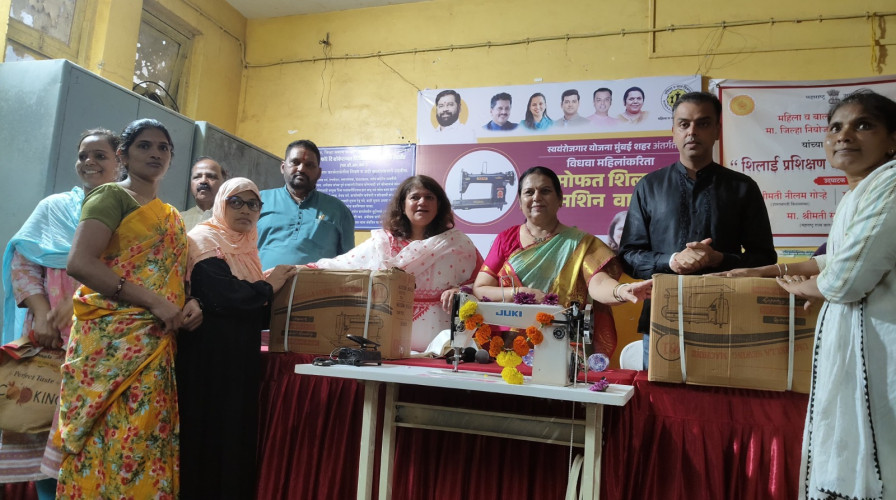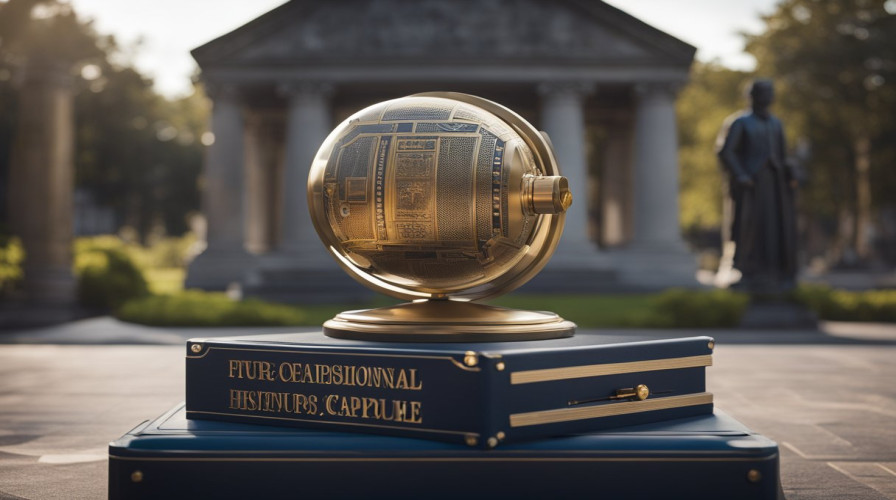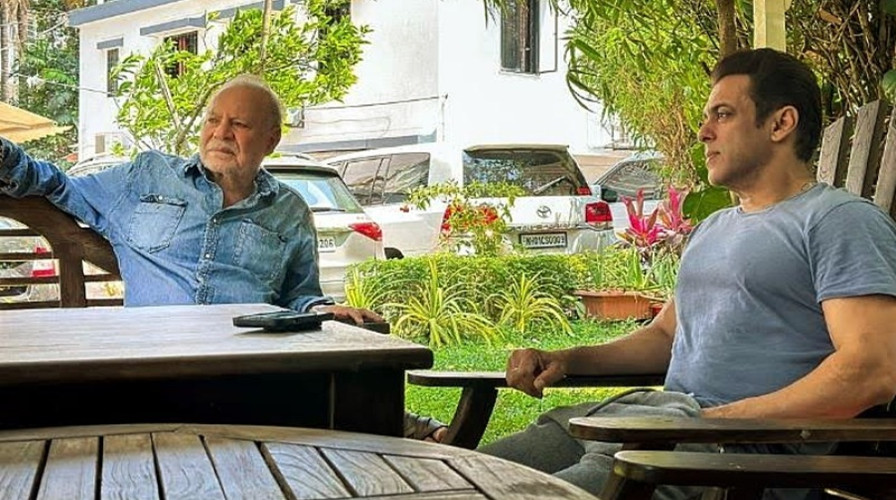Sustainable Fashion Innovations: The Role of Biodegradable Materials and Circular Economy

Introduction
Sustainable fashion is rapidly transforming the apparel industry, driven by increasing consumer awareness and environmental concerns. At the heart of this transformation are innovations in biodegradable materials and the principles of the circular economy. These approaches aim to reduce waste, minimize environmental impact, and promote a more responsible fashion industry. This article delves into how biodegradable materials are changing the landscape of fashion and explores the role of the circular economy in fostering sustainability.
1. Understanding Sustainable Fashion
Sustainable fashion refers to practices that aim to minimize the environmental and social impact of clothing production, use, and disposal. It encompasses a range of strategies, from using eco-friendly materials to adopting ethical labor practices. Biodegradable materials and circular economy principles are two key components driving this shift.
2. Biodegradable Materials in Fashion
Biodegradable materials are designed to break down naturally at the end of their lifecycle, reducing landfill waste and pollution. Here’s a closer look at some of the innovative biodegradable materials making waves in the fashion industry:
- Organic Cotton: Unlike conventional cotton, which requires heavy use of pesticides and water, organic cotton is grown without harmful chemicals. It decomposes more easily when discarded, making it a more sustainable option.
- Bamboo Fabric: Bamboo is a fast-growing plant that requires minimal water and pesticides. Fabrics made from bamboo are not only biodegradable but also possess natural antibacterial properties.
- Hemp: Hemp is a versatile and eco-friendly material. It grows quickly, requires little water, and improves soil health. Hemp fabrics are durable and biodegradable.
- Mycelium Leather: Mycelium, the root system of fungi, can be used to create a sustainable alternative to traditional leather. It is fully biodegradable and can be produced with minimal environmental impact.
- Algae-Based Fabrics: Algae-based textiles are created from algae, which grows quickly and absorbs carbon dioxide. These fabrics are biodegradable and offer a sustainable alternative to petroleum-based materials.
3. The Circular Economy in Fashion
The circular economy is a model that focuses on designing products for longevity, reusability, and recyclability. It aims to keep resources in use for as long as possible, minimizing waste and reducing environmental impact. In fashion, this concept is being implemented through various strategies:
- Design for Longevity: Brands are focusing on creating high-quality, durable garments that are designed to last longer, reducing the frequency of replacement and waste.
- Repair and Upcycling: Initiatives that promote repairing and upcycling clothing extend the lifespan of garments. Brands and designers are encouraging consumers to repair their clothes rather than discard them.
- Take-Back Programs: Some fashion brands offer take-back programs where customers can return old garments for recycling or repurposing. This helps divert waste from landfills and supports material recovery.
- Closed-Loop Systems: Closed-loop fashion systems involve collecting and recycling used garments to create new clothing. This reduces the need for virgin materials and minimizes waste.
- Rental and Resale Markets: The rise of clothing rental services and second-hand marketplaces allows consumers to access high-quality fashion without contributing to the fast fashion cycle.
4. Case Studies and Examples
Several brands and initiatives are leading the way in integrating biodegradable materials and circular economy principles into their practices:
- Stella McCartney: Known for her commitment to sustainability, Stella McCartney uses biodegradable materials like organic cotton and recycled fabrics. The brand also promotes circular fashion through its take-back program and repair services.
- Patagonia: Patagonia’s Worn Wear program encourages customers to repair and reuse their outdoor gear. The brand also uses recycled and biodegradable materials in its products.
- Ralph Lauren: Ralph Lauren’s Earth Polo collection features shirts made from recycled plastic bottles. The brand is also investing in biodegradable and sustainable materials.
- Pangaia: Pangaia focuses on using innovative materials like biodegradable fibers and algae-based textiles. The brand’s circular approach includes recycling and reducing waste.
5. Challenges and Future Directions
Despite the progress, the adoption of biodegradable materials and circular economy practices faces challenges:
- Cost: Biodegradable and sustainable materials can be more expensive than conventional options, which may limit their widespread adoption.
- Consumer Awareness: Many consumers are still unaware of the benefits of sustainable fashion. Increased education and awareness are crucial for driving demand.
- Scalability: Scaling up production of biodegradable materials and implementing circular systems on a large scale requires significant investment and innovation.
Conclusion
Sustainable fashion is moving towards a future where biodegradable materials and circular economy principles play a central role. These innovations are not only addressing environmental concerns but also redefining the fashion industry’s approach to production and consumption. As technology advances and consumer awareness grows, the integration of these practices will become more prevalent, paving the way for a more sustainable and responsible fashion industry. The journey towards sustainability is ongoing, but with continued innovation and commitment, the future of fashion holds promise for a more eco-friendly and circular approach.









